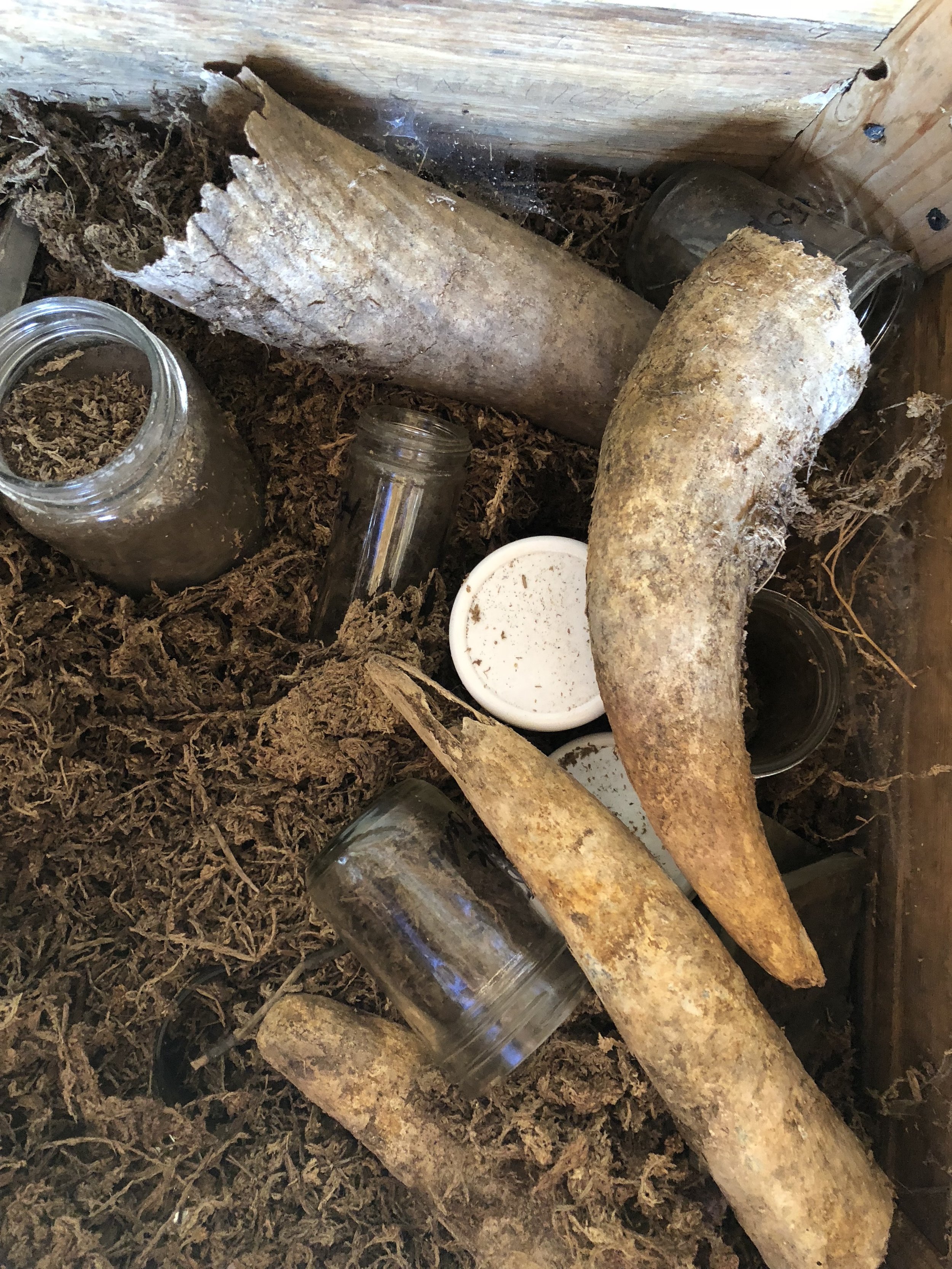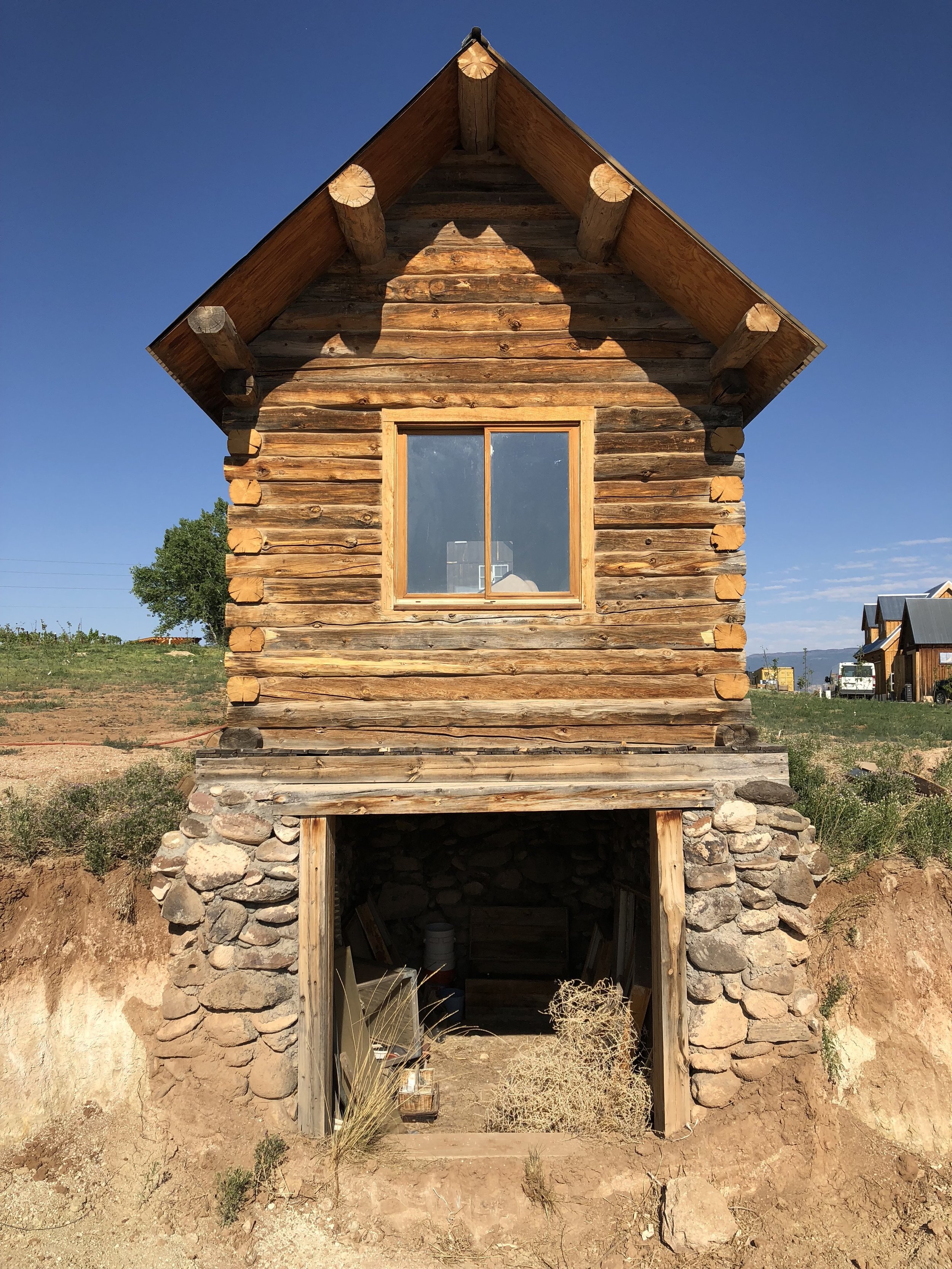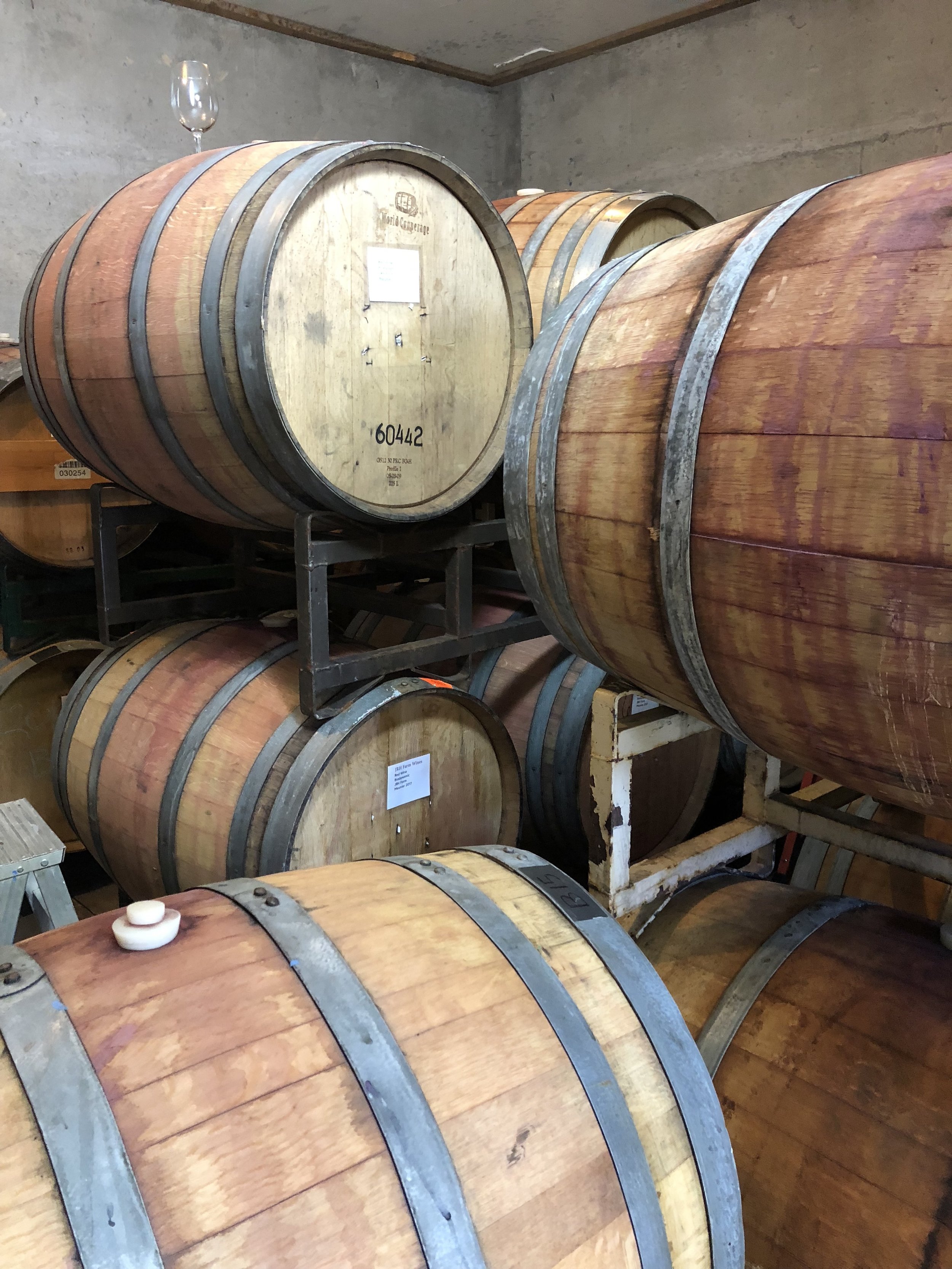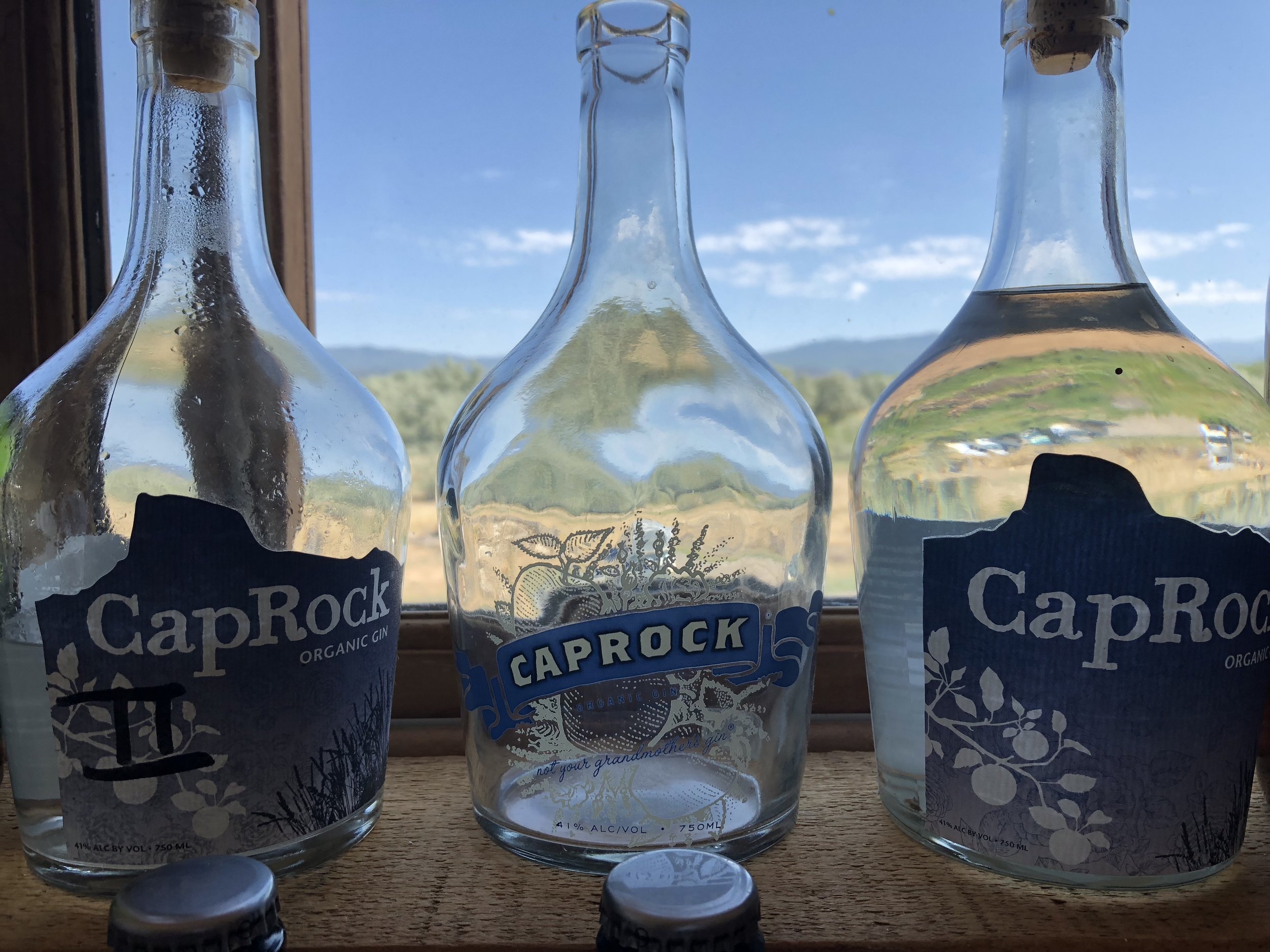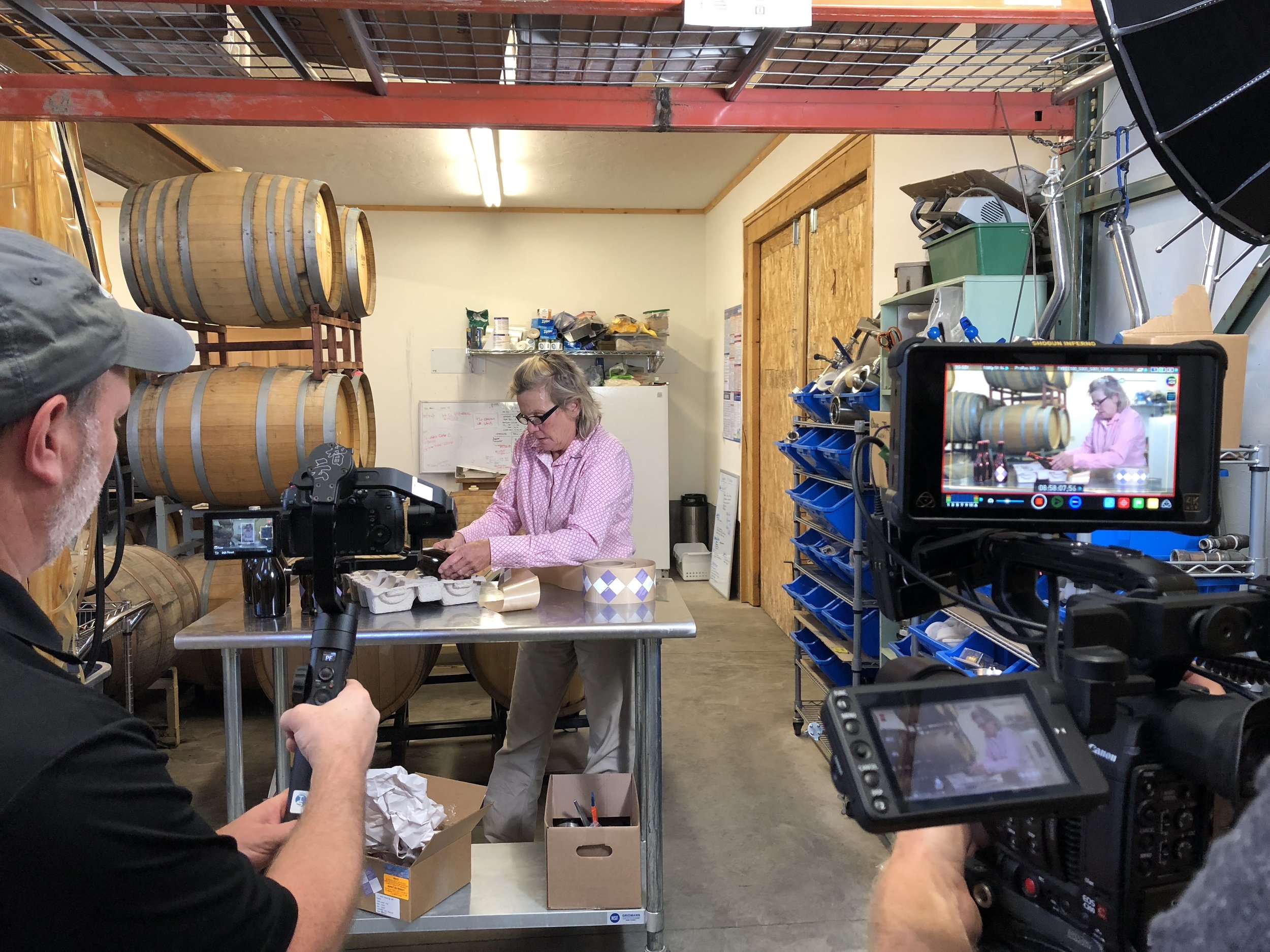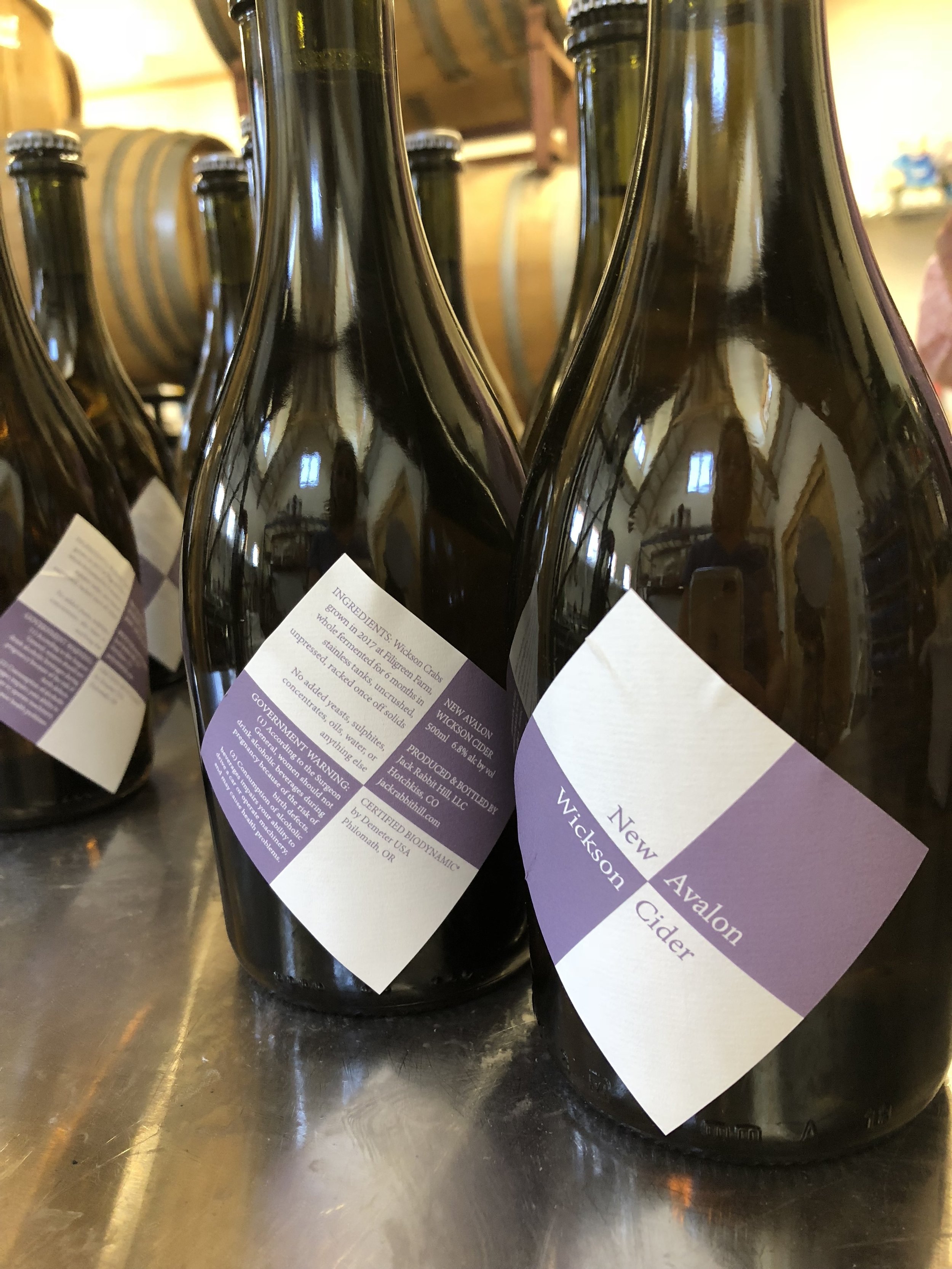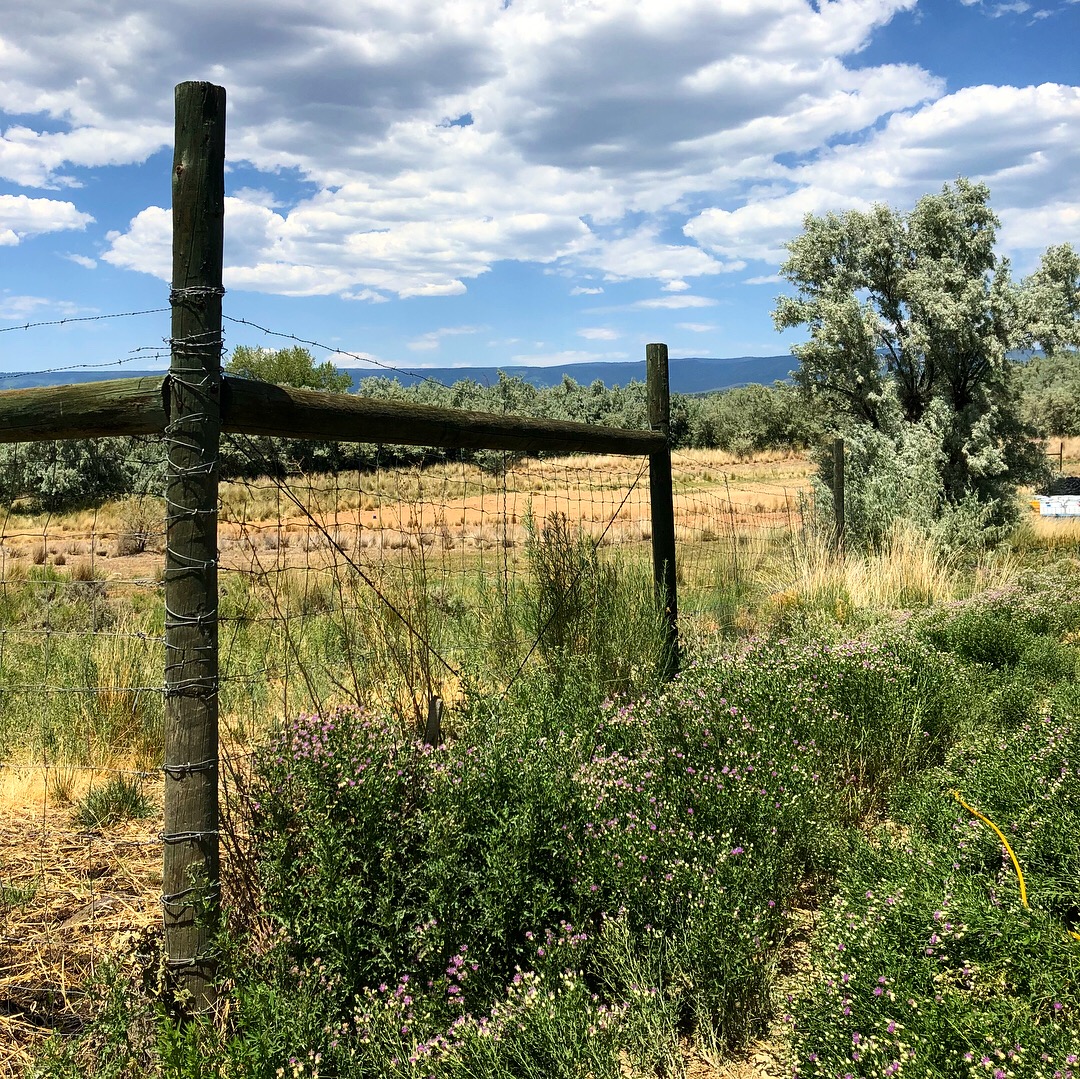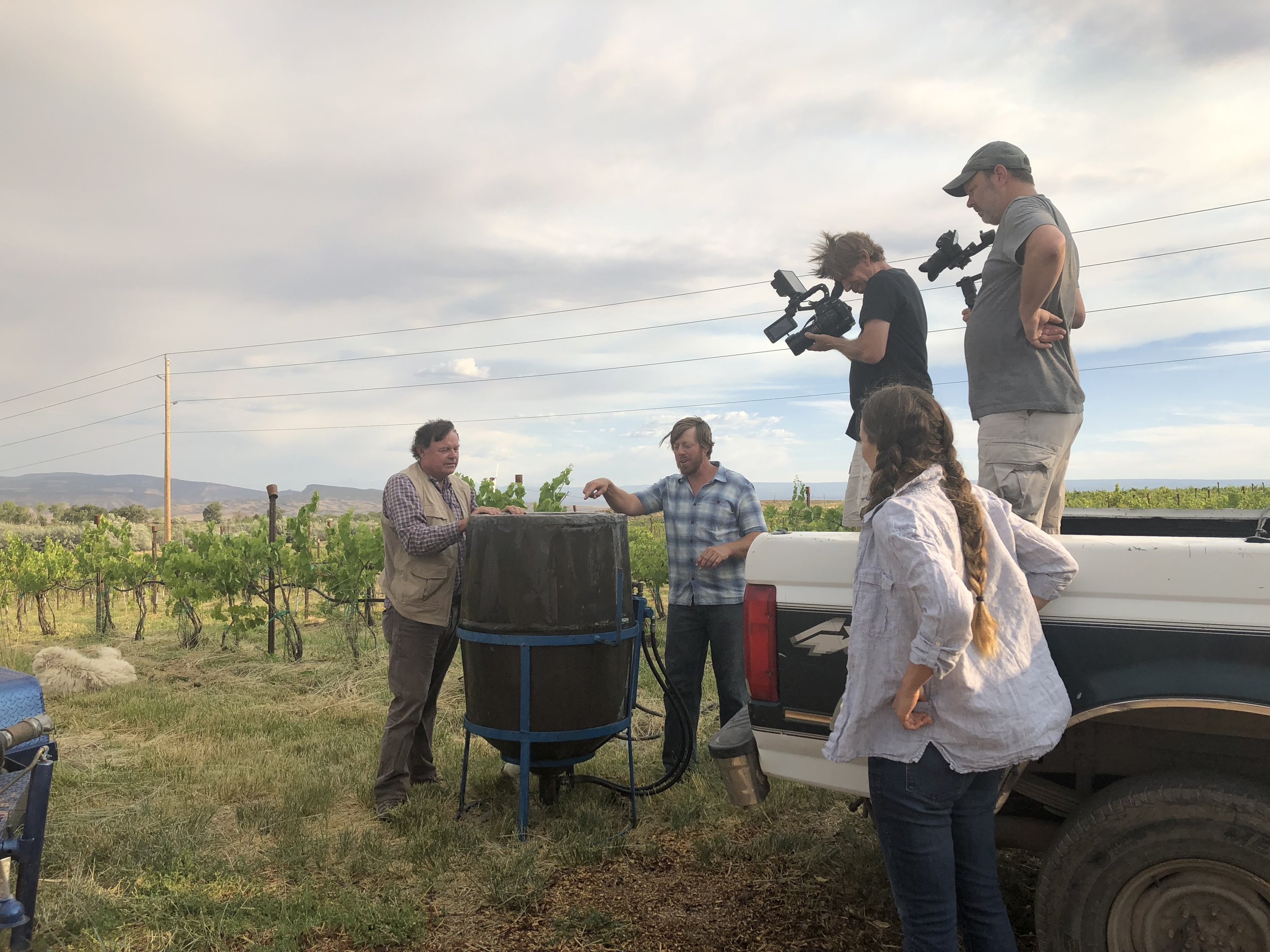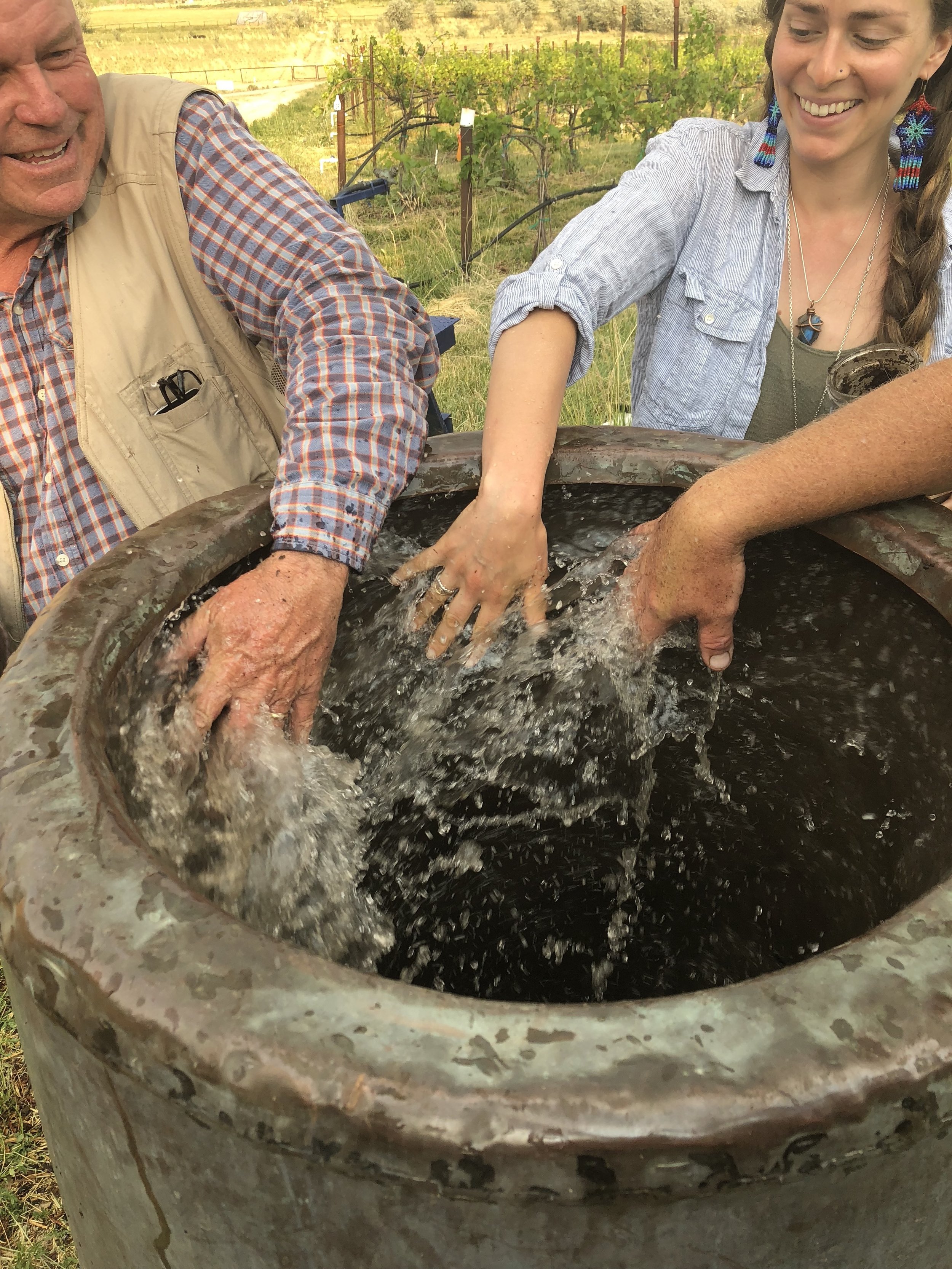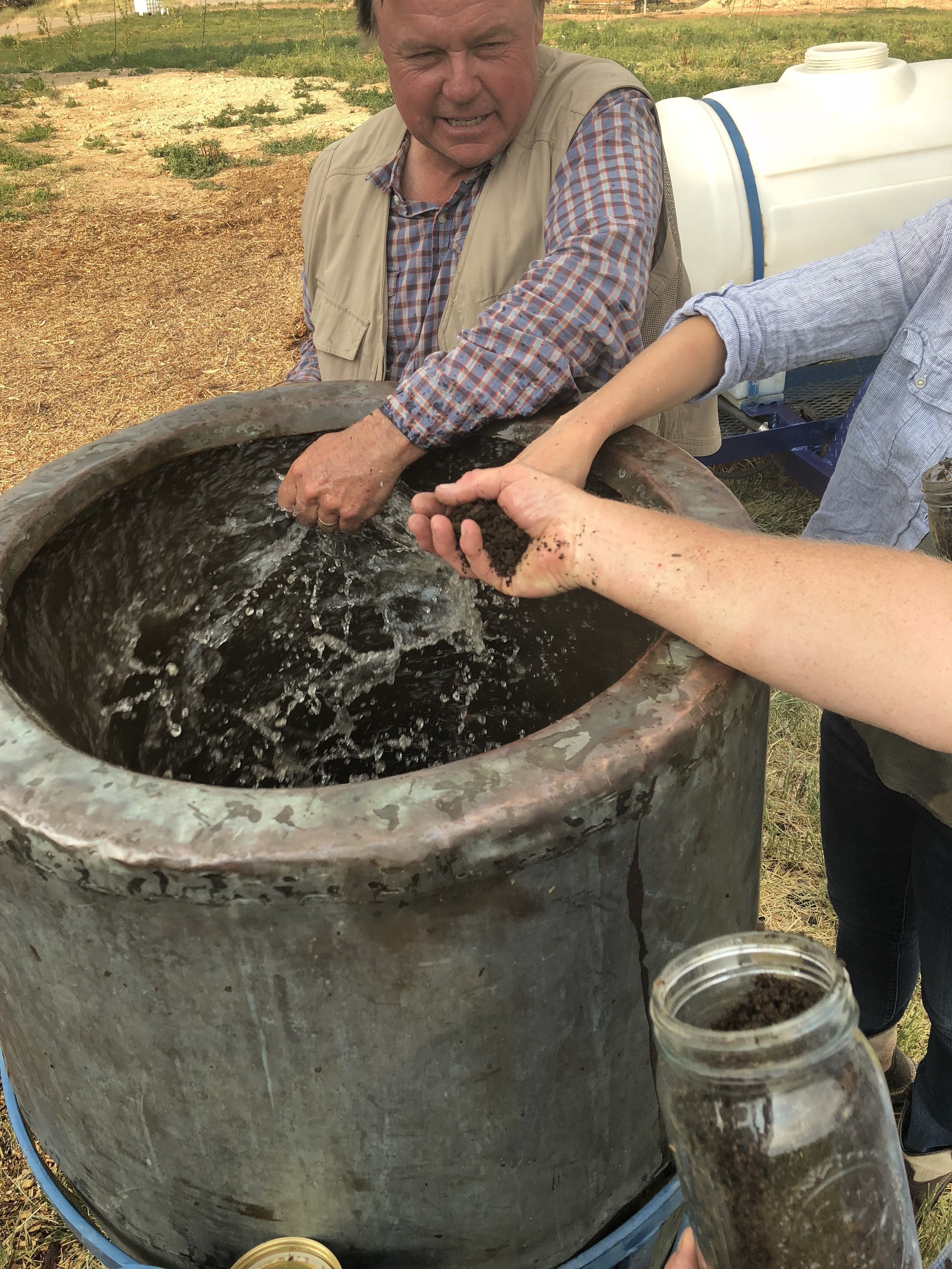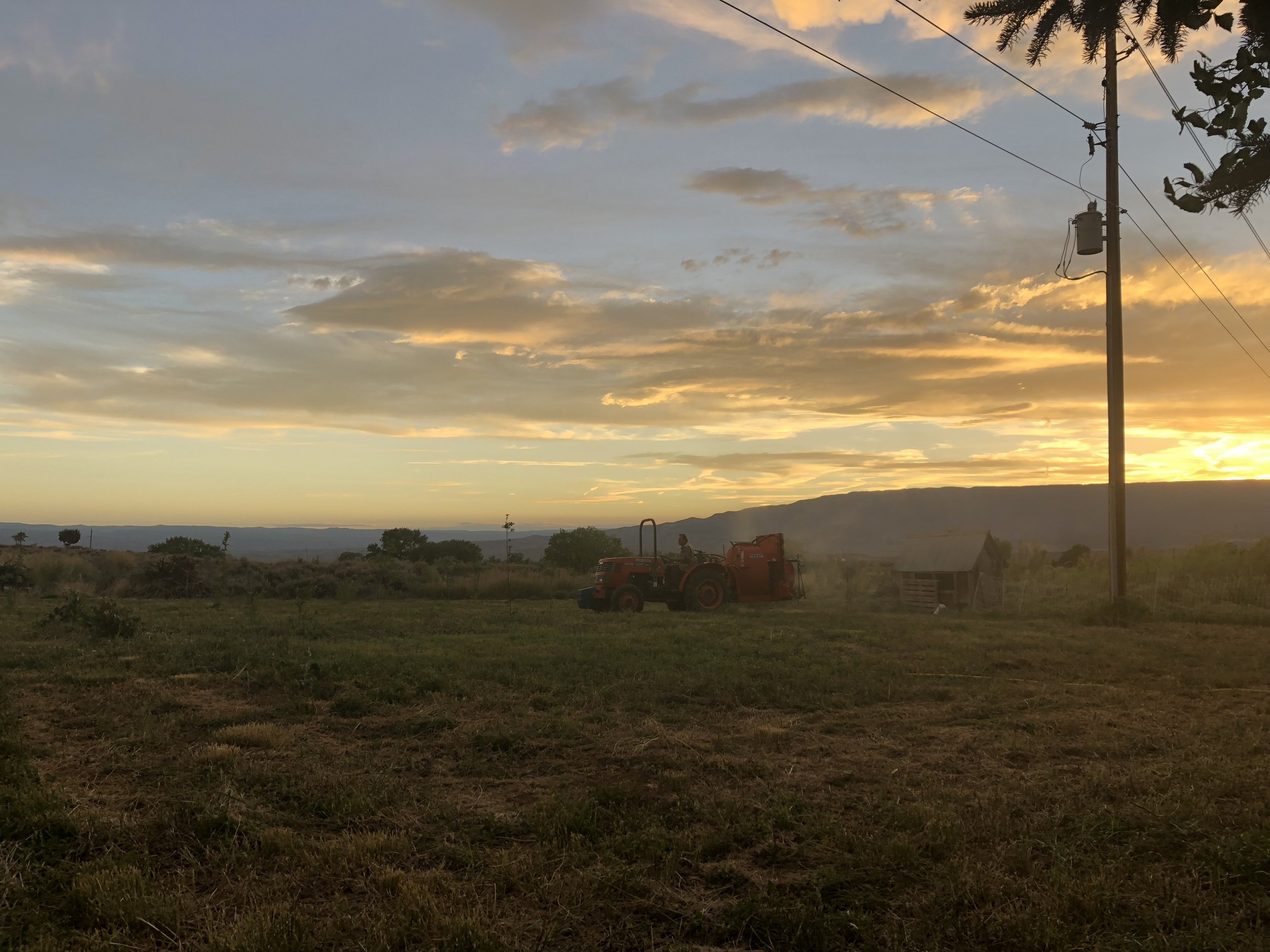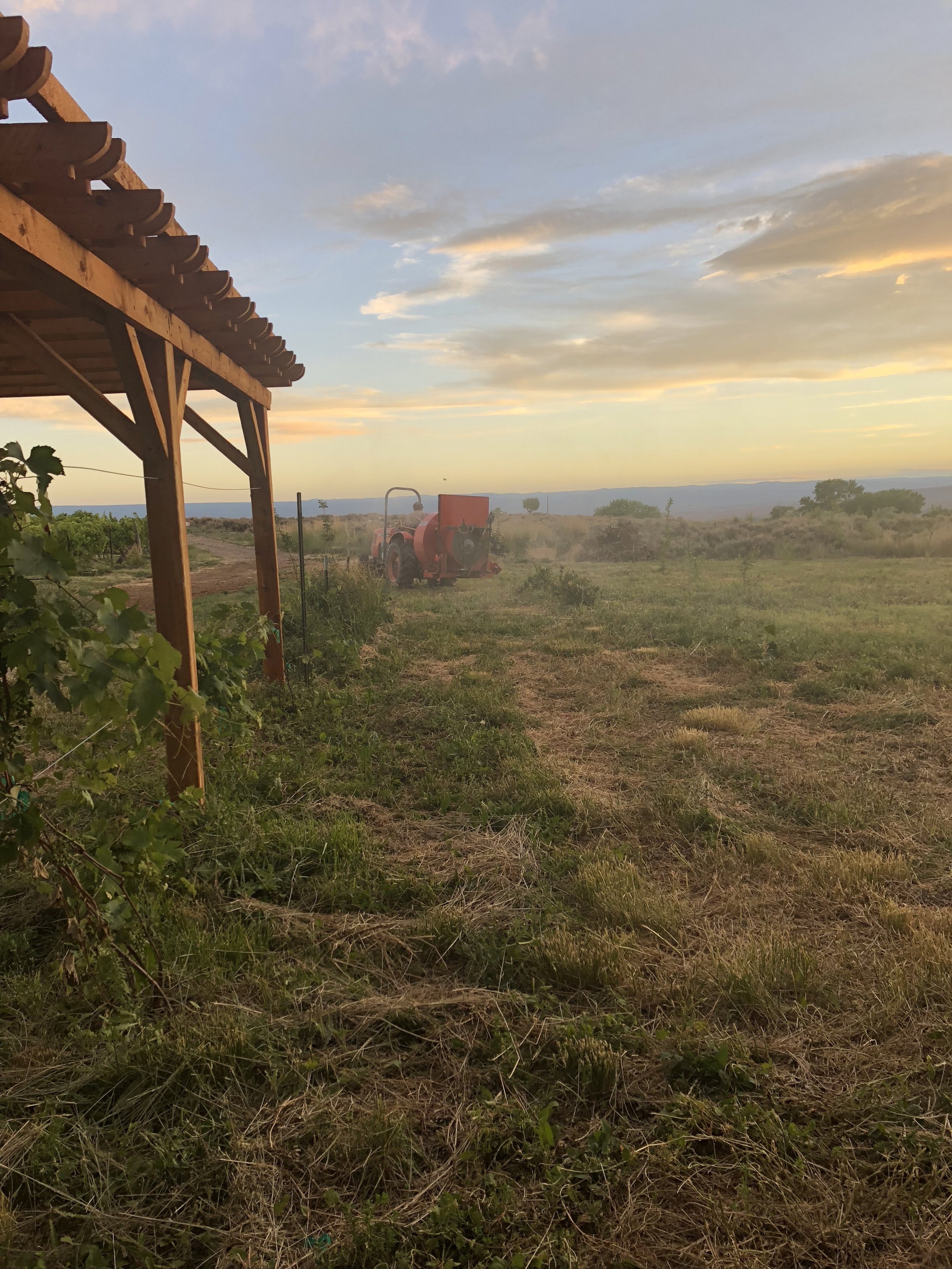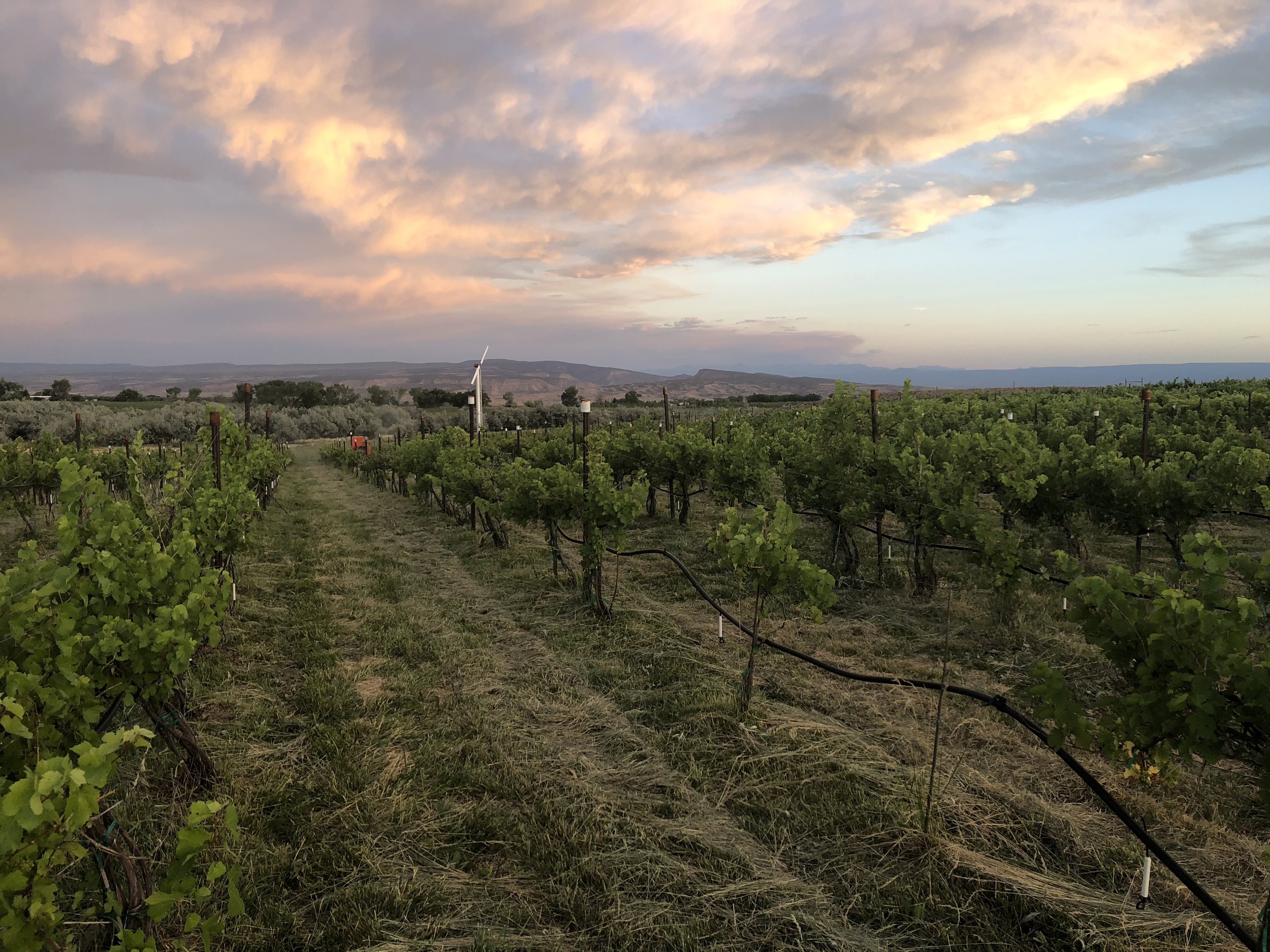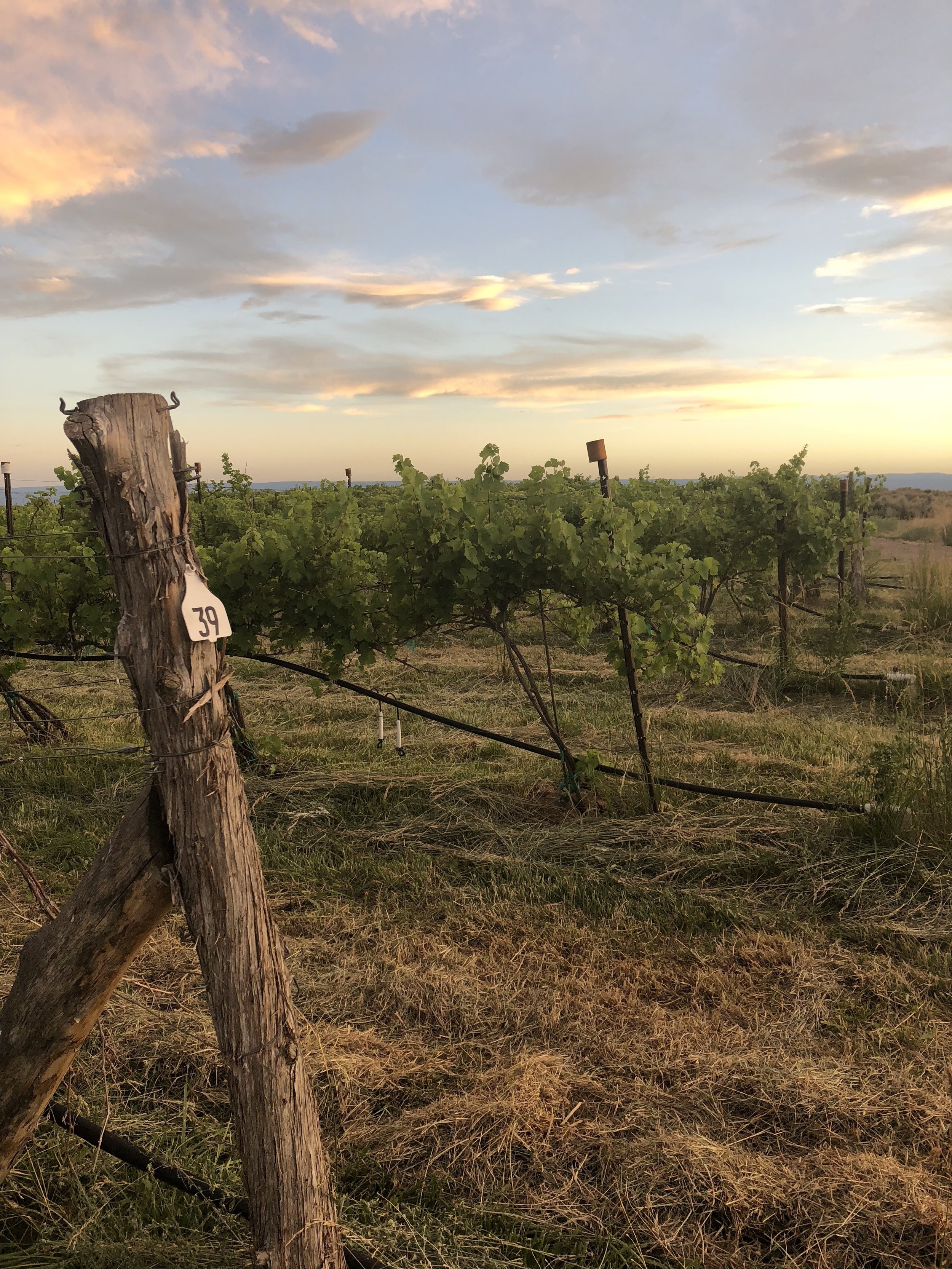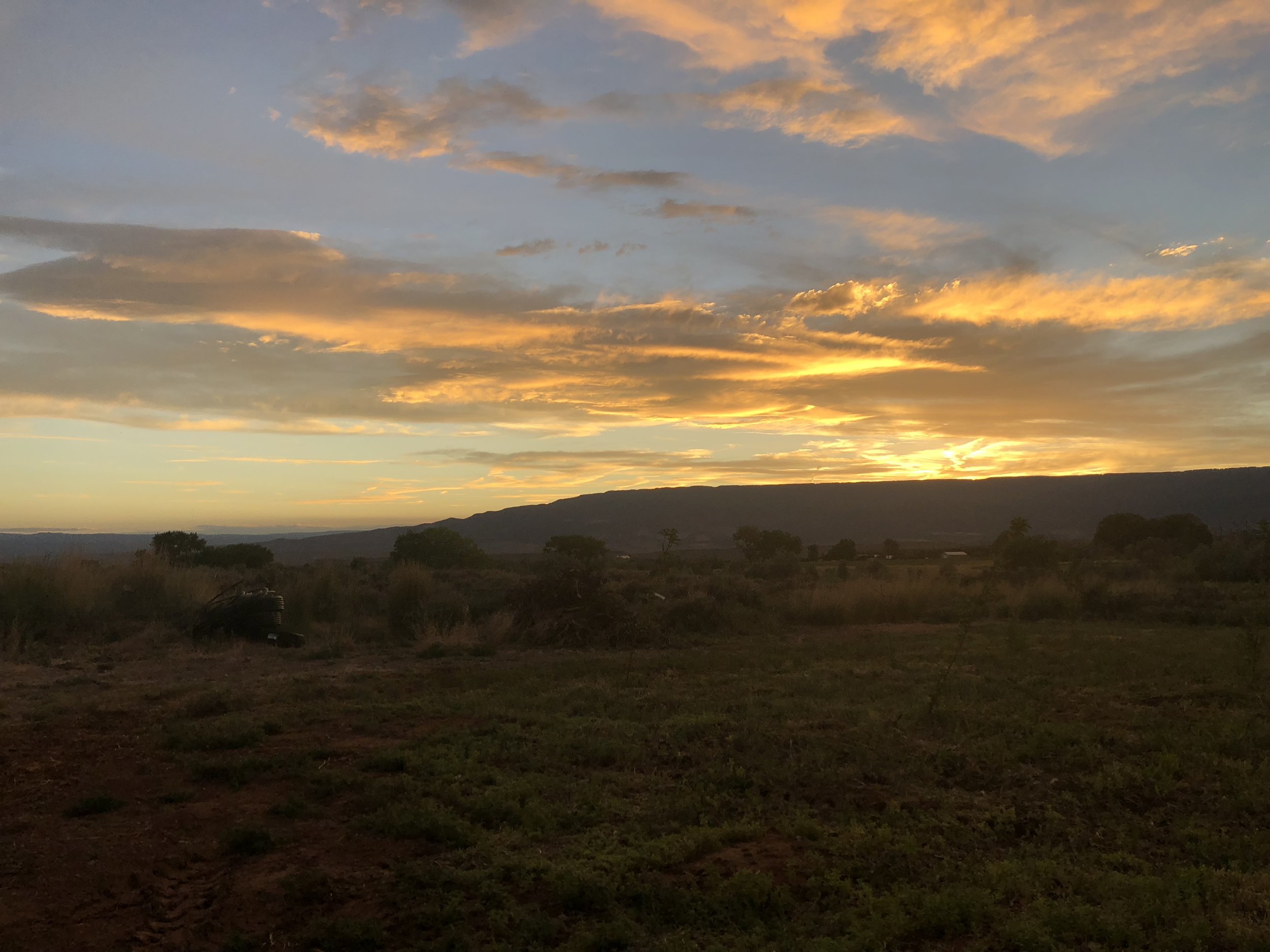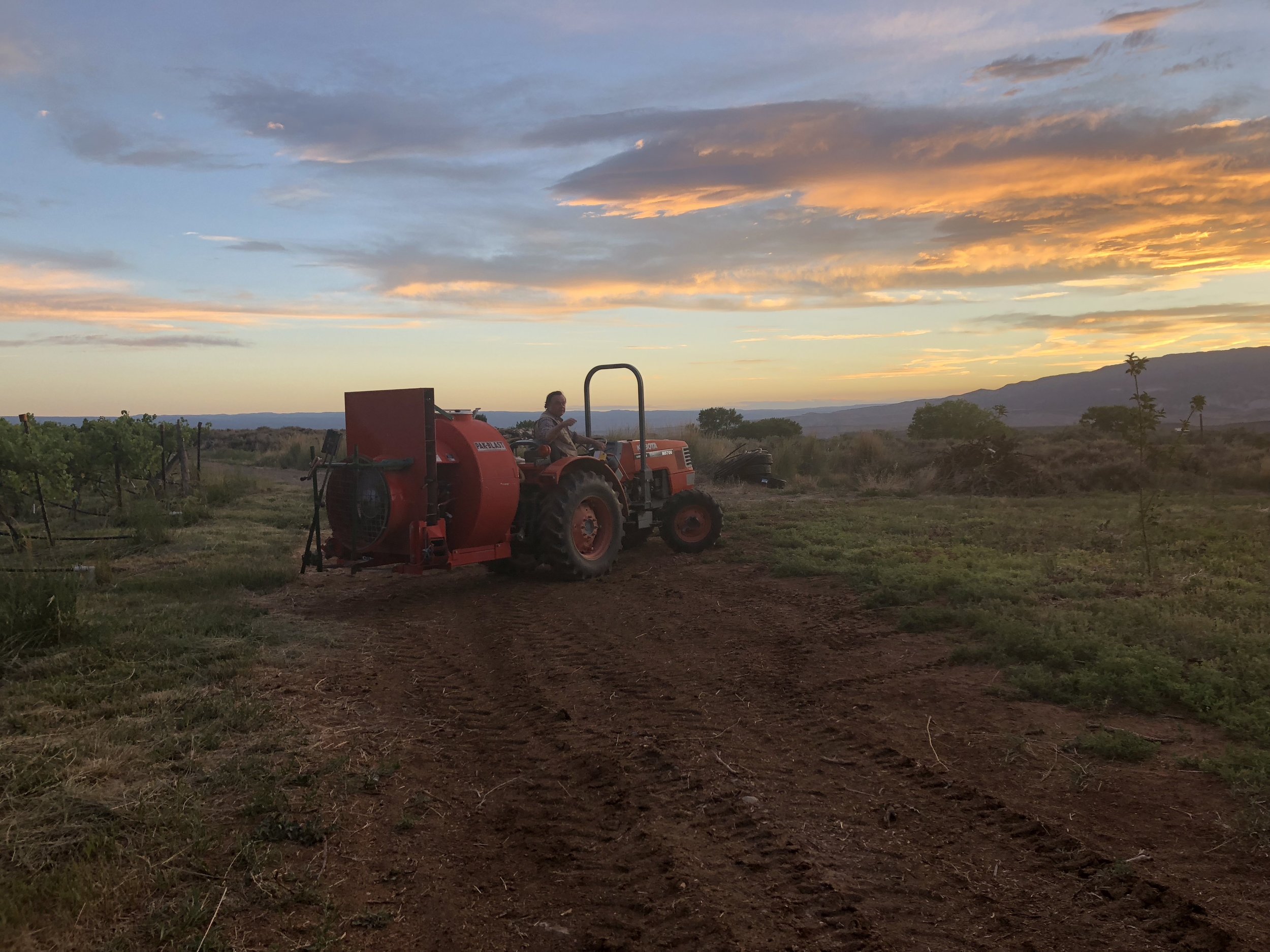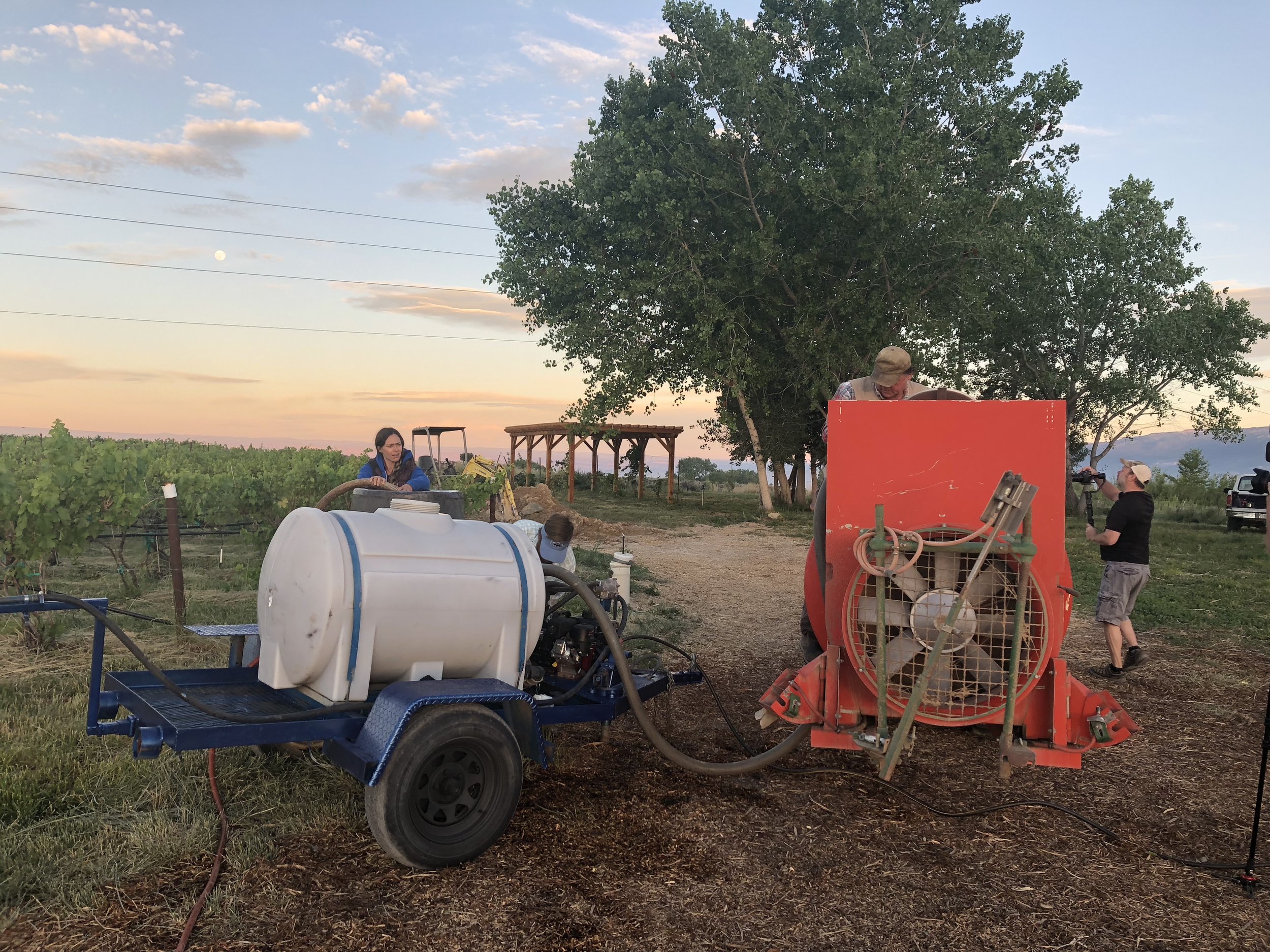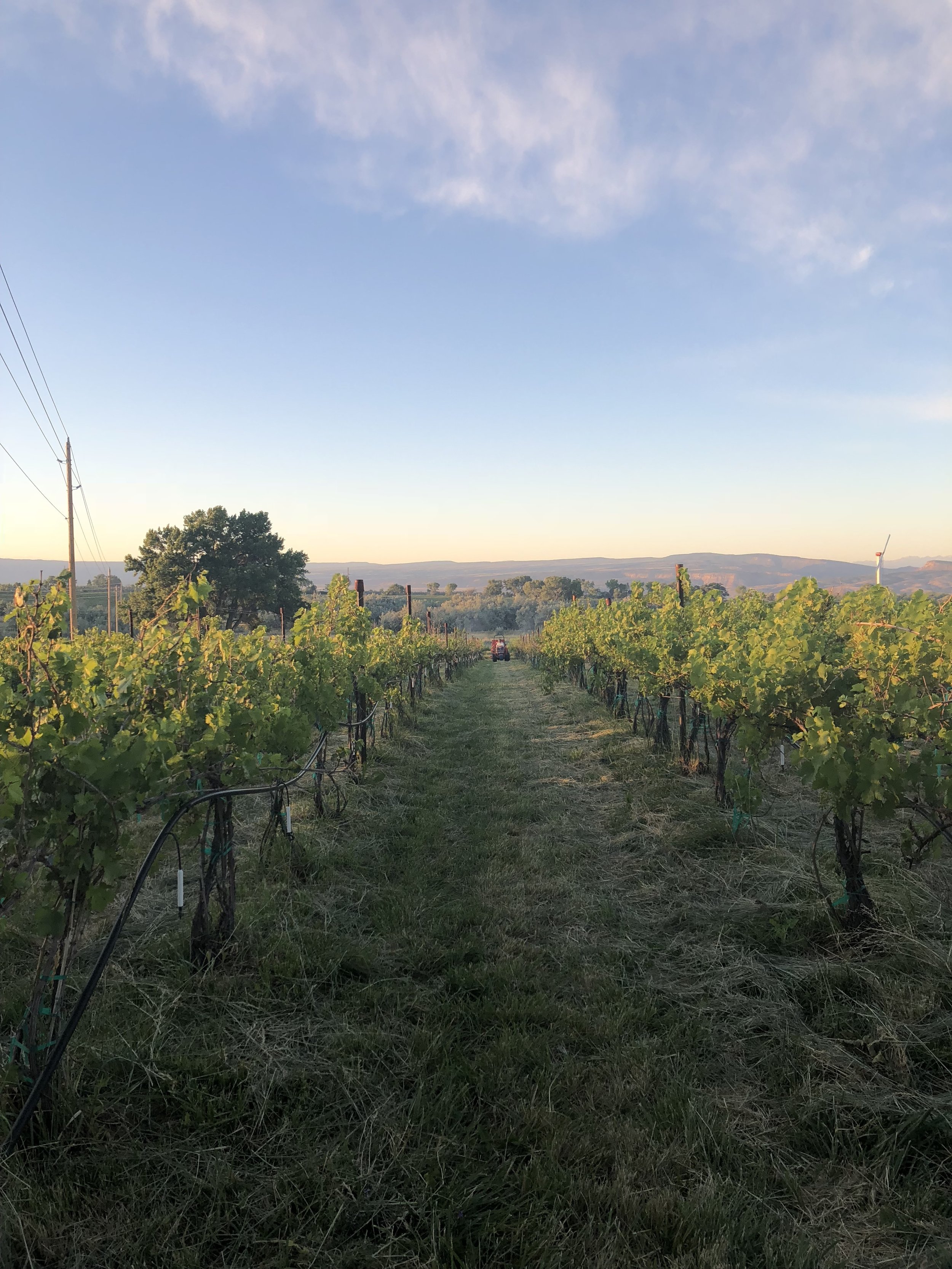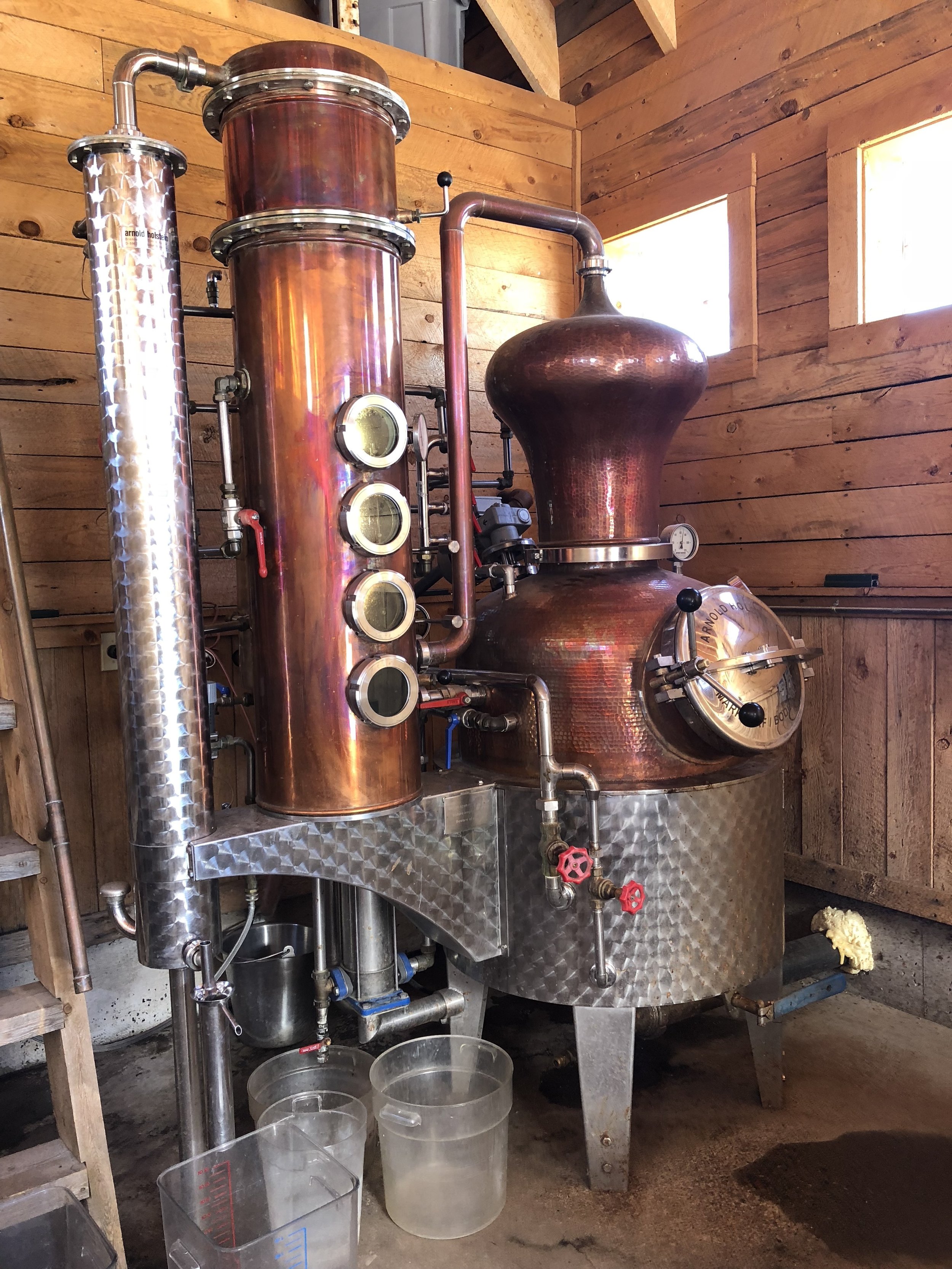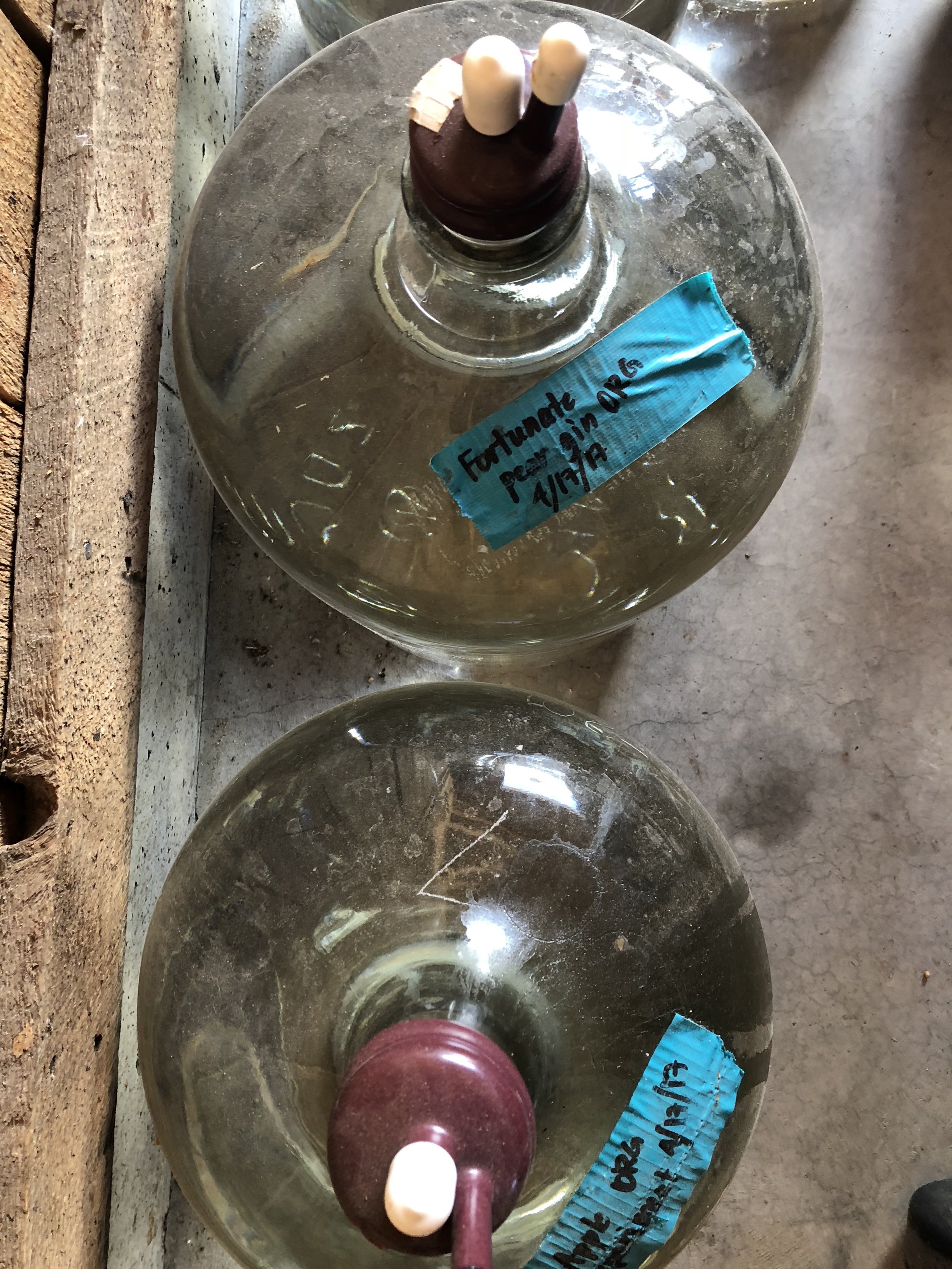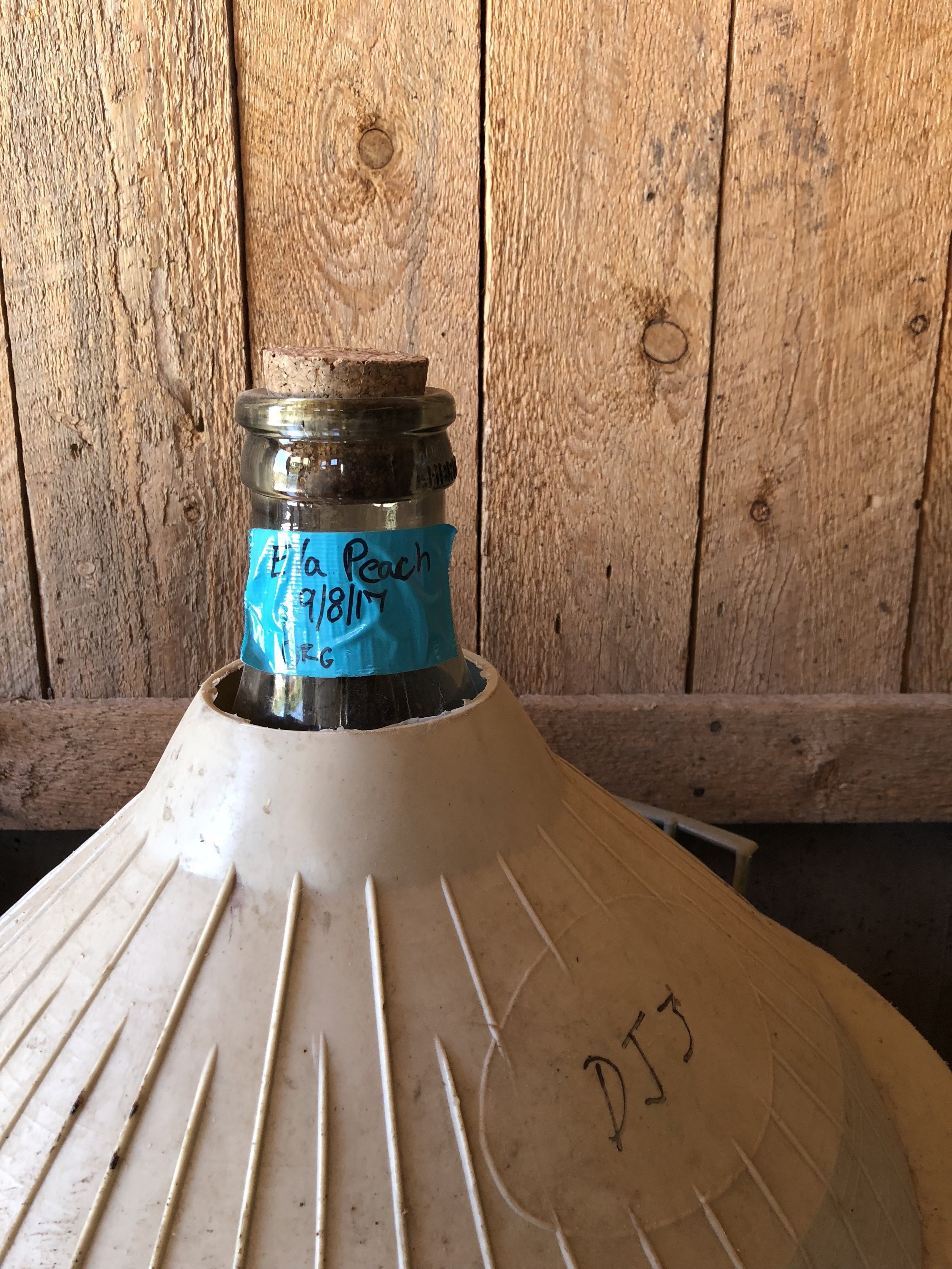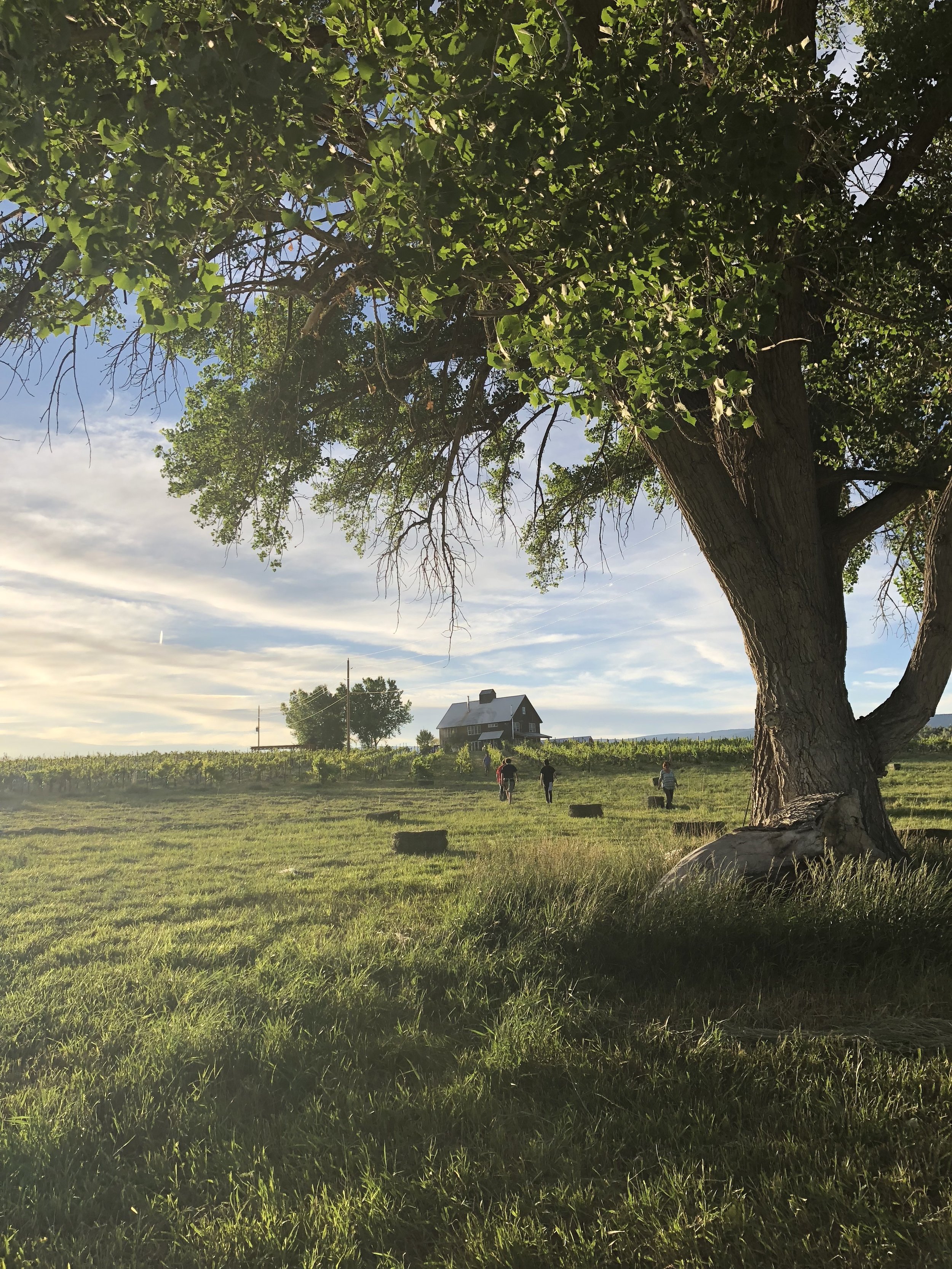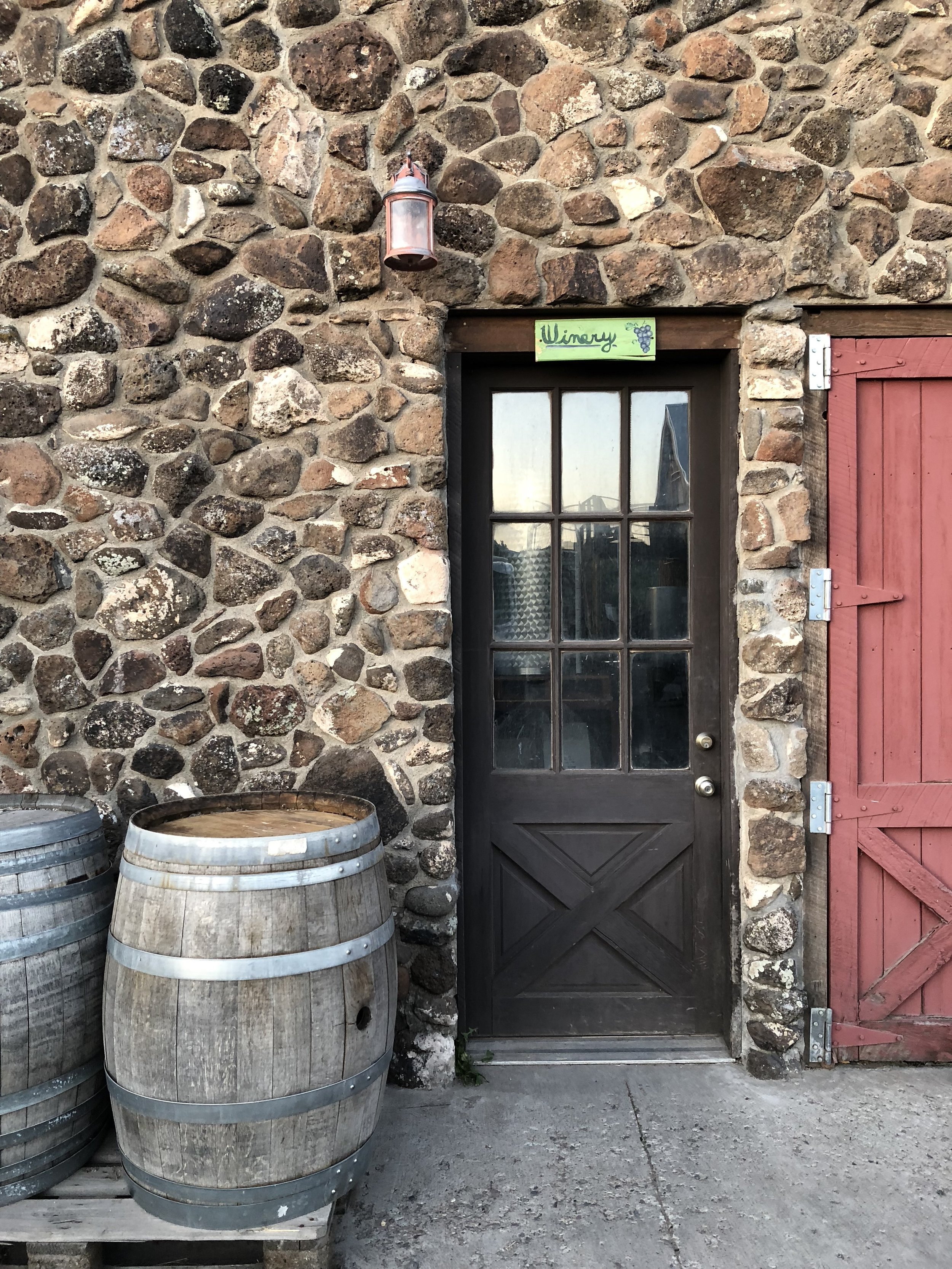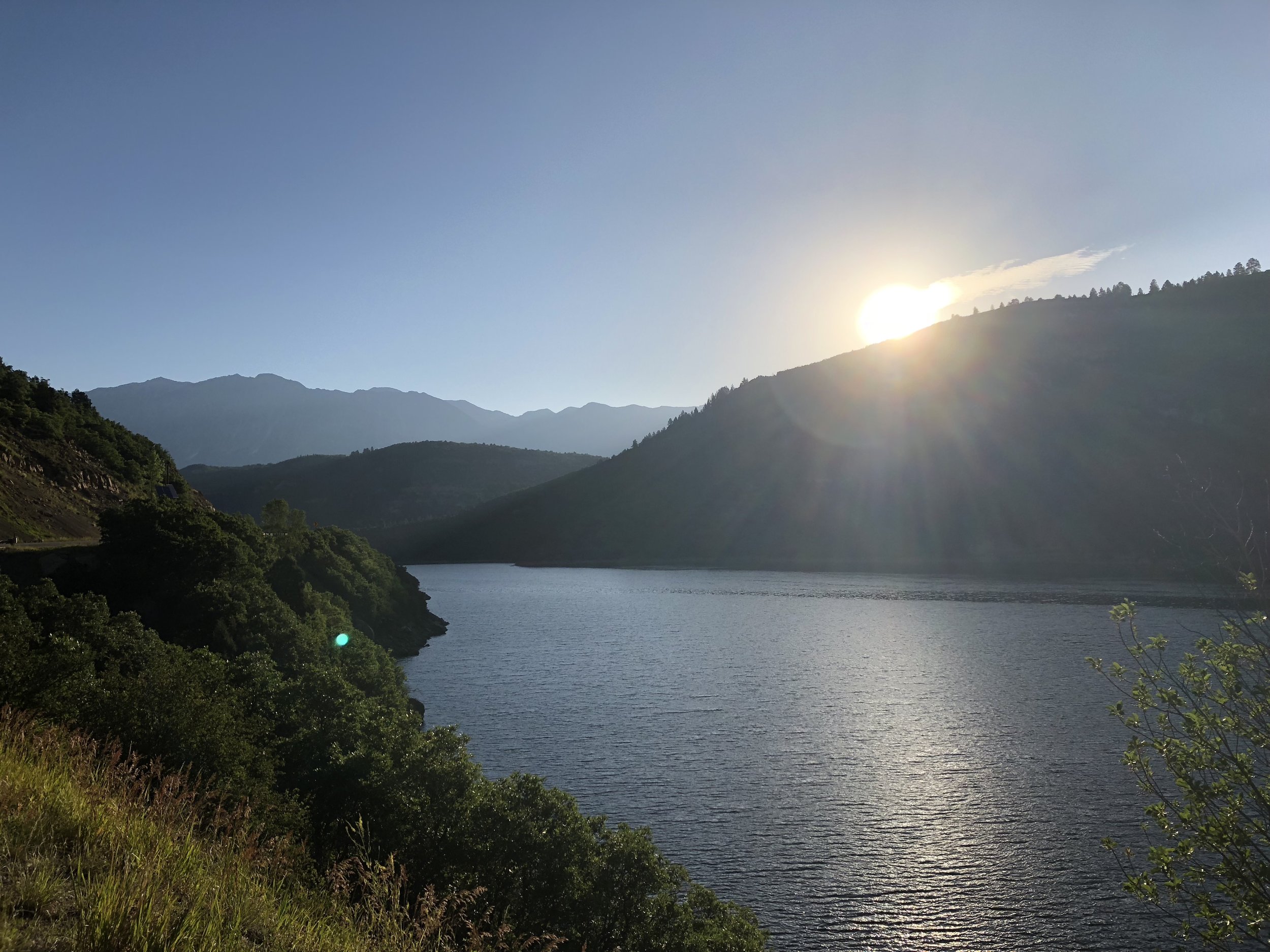Biodynamic farming produces terroir-driven wine at Jack Rabbit Hill Farm in Colorado
JACK RABBIT HILL FARM | HOTCHKISS, COLORADO
When we shoot these episodes, we embed ourselves with the people we are covering for five days. I schedule two travel days and three intense roughly 12-hour shoot days. Typically, we rent a house and meet up with our sources first thing each morning, but in the high desert of Colorado, where Jack Rabbit Hill Farm is located, there aren’t any houses to rent or any hotels, for that matter. Lance Hanson’s farm is blissfully isolated. When I called Lance to talk about the shoot and get the details lined up, he suggested that we stay with him on his farm. There really wasn’t much of a choice, so I agreed, and I am so grateful that I did. Those days and nights on Jack Rabbit Hill Farm were magical.
Jack Rabbit Hill Farm is special for a number of reasons. First, the setting could not be more beautiful. There is a quality to the light that intensifies the colors of the vineyards, the distant mountains and the surrounding landscape. We were up at dawn each day and being able to watch the sun rise on this special place was a gift.
Second, the farm is biodynamic. We were able to take part in the spraying of biodynamic preparations giving me a deeper look at this integrated, environmentally sustainable approach to farming. For those who aren’t familiar with biodynamics, at its core, this approach to farming looks at the farm as an integrated system, with every element — soil, insects, plants and animals — contributing to the health and vitality of the whole. Biodynamics seek to create balance and regeneration of the soil and the ecosystem by harnessing the power found in nature.
The biodynamic “preps” are essentially compost that’s made with horse or cow manure and enhanced with herbs and plants. The compost is teeming with beneficial microbes. To activate the preps before they’re applied to the vineyards, a barrel that has an agitator in its base is filled with water. The water is spun in one direction for a minute and then in the other direction for a minute … back and forth, back and forth 100 times. During the agitation, the preps are added to the water, infusing the activated, oxygenated water. The infused water is then sprayed on the fields. This part of Colorado is very dry and conditions are harsh, but Lance’s rows of verdant grape vines thrive here, producing intensely flavored fruit that, in turn, creates delicious wines.
The house that Lance built after he acquired the farm was designed to accommodate part of the winery. The cellar is on the lowest level, built into the hill. Across from the house sits the winery, where grapes are crushed and juice fermented, and also the distillery.
Lance crafts all manner of alcoholic beverages — wine is just the beginning. He partners with local organic orchards to supply him with peaches, pears and apples to create ciders, perrys, eau de vie, brandies, gin and vodka … Everything Lance creates begins with whole-fruit fermentation. He includes the seeds and the skins to develop deep flavor. The gin is my personal favorite. He uses an apple eau de vie as the gin’s base, which gives it a depth of flavor and rich aroma you can’t find in grain-based gins.

